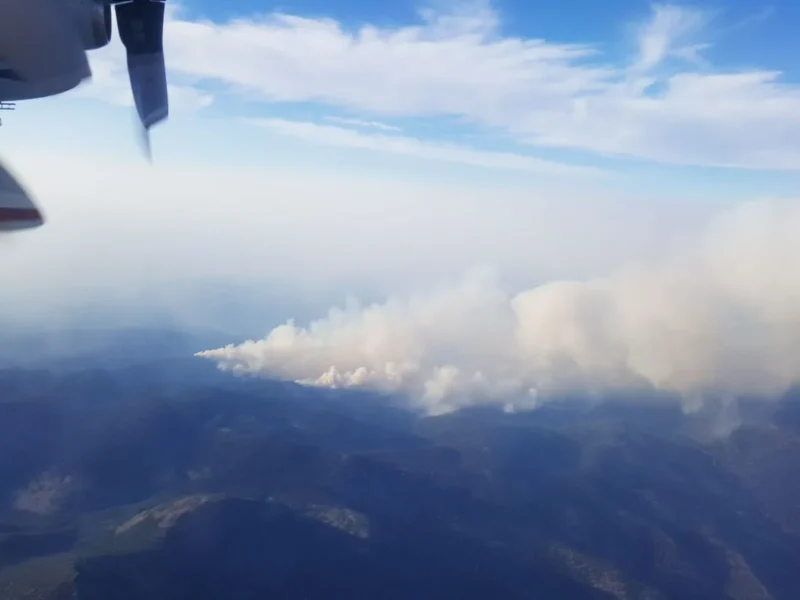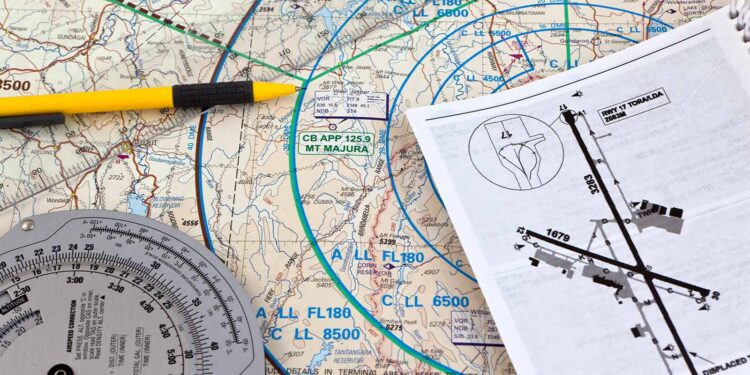A stuck mike at JFK can be a serious thing. You’re blocking a really busy frequency.
However, when everyone is stuck on the ground due to weather and you make a PA announcement over the ground frequency instead of in the cabin, well.. You’re bound to get razzed.
The clip starts with a stuck mike. Intertwined in here is an aircraft with a potential engine fire.
I love it how everyone is keying their mikes while he’s making the PA announcement.


classic…o man that’s brutal, how friendly of JFK.
and thanks, first flight was awesome..
and definitely hoping with you on that blue skies.
This question is off topic, if I request a flight following, say you were going from CYKZ to CYHM at an altitude of 4500 ft AGL, filed flight plan. So you call terminal and say “on VFR flight from Buttonville to Hamilton at 4 thousand 5 hundred currently out of Buttonville” and they say to squawk xxxx, radar identified, does that mean you’re allow to cross the CZ direct to Hamilton???
No, it doesn’t. A lot of people think that radar identification gives them the right to enter class C airspace, but it doesnt, you need an actual clearance to enter. In the US, they will actually say ‘cleared to enter class C airspace’ but in Canada, we usually give a clearance that will take you into class C with the understanding that you are then cleared to enter. If you dont get a clearance, you may not enter.
There has to be two transmissions, one when they give you a squawk code (or get you to ident, if the tower gave you a code) and tell you to remain VFR. Then a second transmission to inform you that you are radar identified.
The second transmission will usually include a clearance of some sort, such as ‘ABC, radar identified, maintain 2.5 VFR follow the shoreline. Another clearance I like to use is ‘stay on your present heading, vectors for ___’. once I observe the track for a few sweeps I can issue turns.
Having said all that, if you ever feel that a controller in unclear, PLEASE ask for clarification.
thanks, I went to a TC seminar on toronto airspace and the terminal controller mentioned that if you’re radar identified, you are allowed to continue on your present course but on my flights through terminal airspace I remember they usually give you further instruction right after they radar identify you, so i was confused as to whether “radar identified” was enough to let you in class C, so a few more questions:
1. Can they terminate your clearance while you are inside class C? Does it happen often?
2. If they clear you for shoreline at 2.5 VFR and you’re just out of CYKZ, do you take the closest route to the shoreline or will they usually give you vectors?
3. If you transit through terminal airspace say you are flying back from CYKF at 3500ft, will they usually assign you an altitude? or would they vector you around as to not disturb flight path of arr/dep from pearson, so you can maintain your altitude?
I’m sure Joe will chime in here. To answer your questions
1. Yes. And you will be asked to depart the zone (either laterally or vertically).
2. You can take the closest route to the shoreline without penetrating class C airspace. So from YKZ, staying below 2500′
3. They will usually assign you an altitude to stay clear of the class C airspace. Coming from YKF, as you approach YKZ, you will be told to descend to stay under the class C shelf.
One thing I’d like to metion is that flight following is just that. Someone to watch you while you progress along your flight.
It is not necessary to call up Toronto Terminal. However it is a wise decision given the amount of traffic around the area.
Some of your questions might be answered by a previous post:
http://fly.blakecrosby.com/2007/08/need_advice_vfr_in_class_c_and.html
Good questions, Blake pretty much answered them as I would, but here are a couple more thoughts to help you
A bit more on the ‘radar identified’ issue. If you hear that on its own, it essentially means ‘proceed on course’, if that course takes you laterally thought class C, then do so. When you check in under class C airspace, you need an altitude approval, and the phrase ‘radar identified’ does not provide that, so you should get an altitude from the controller, wether they give it, or you have to ask.
As for your specific questions
1.As in kick you out of class C? yes, it can happen, but it is unusual. However, I would like to add, that as you approach a control zone (like TZ or KZ), many of the terminal controllers will say something like ‘ABC radar service terminated, call city tower 118.2’. That could be misleading, but basically what that means in you may continue in class C airspace, but there are no further conflictions (except perhaps in the zone) so the controller feels comfortable letting you go to tower frequency. you are not required to descend until the tower asks you to.
2. This is a good question, usually just do what makes sense, as a general rule, go direct. If what you are doing isnt working for the controller they will let you know. In the specifc case that you depart KZ heading to, say HM generally following the DVP is a good rule.
3. There is no way to answer this question as every controller works differently, some leave aircraft at altitude, and vector, others push you down and send you more direct. Basically if you want something ask for it. When you give your destination, or are asked for it, say ‘we will take lower for a more direct route’, or say, ‘we would like to stay at this altitude for as long as possible’.
Another tip, when you call the center controller, just check in with you ident, say ‘Toronto center CFABC’… wait for a response before you tell your story, don’t launch into it right off the bat, ATC is all about timing, and if you cause a controller to miss a localizer turn because you tied up the frequency for 25 seconds (without their permission), the chances of getting what you want go down substantially. If you are told to standby do so, and don’t call back in 30 seconds. Remember there is a lot going on that you cant hear… IF you don’t get called back in 5 minutes… then maybe try again.
Overall, just do what makes sense, ask questions if you don’t understand, and listen up, you will be fine. We deal with 100’s of VFR’s a day sometimes, so you wont make any mistakes that havent been made 100 times before, and if you follow most of these things on here, you will be better than 50% of the VFR pilots out there!
Thanks, I’m planning my x-country to Quebec city, and I’m from the west so it will mean transiting through terminal airspace. I would rather a more direct route rather than skirting around the lakeshore.